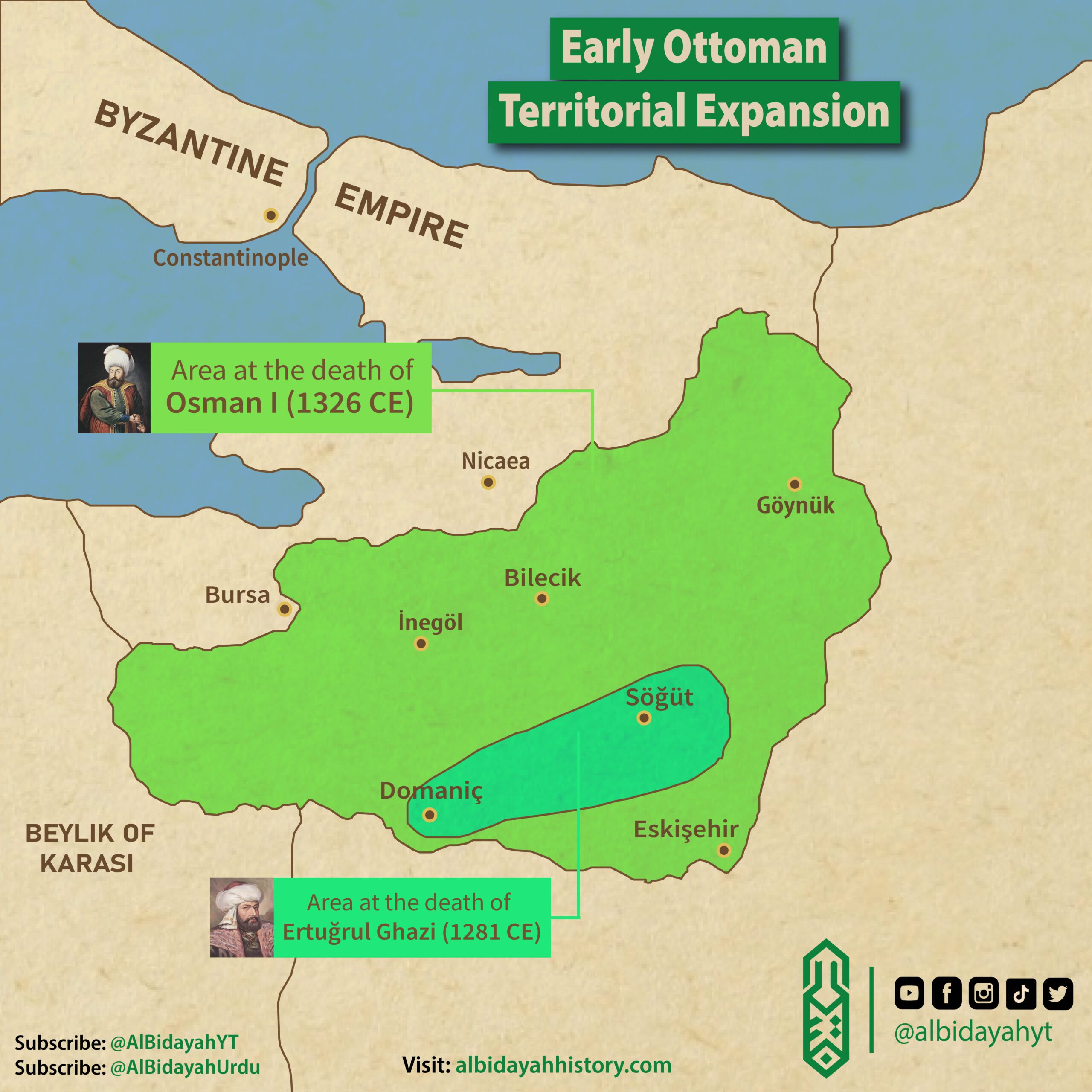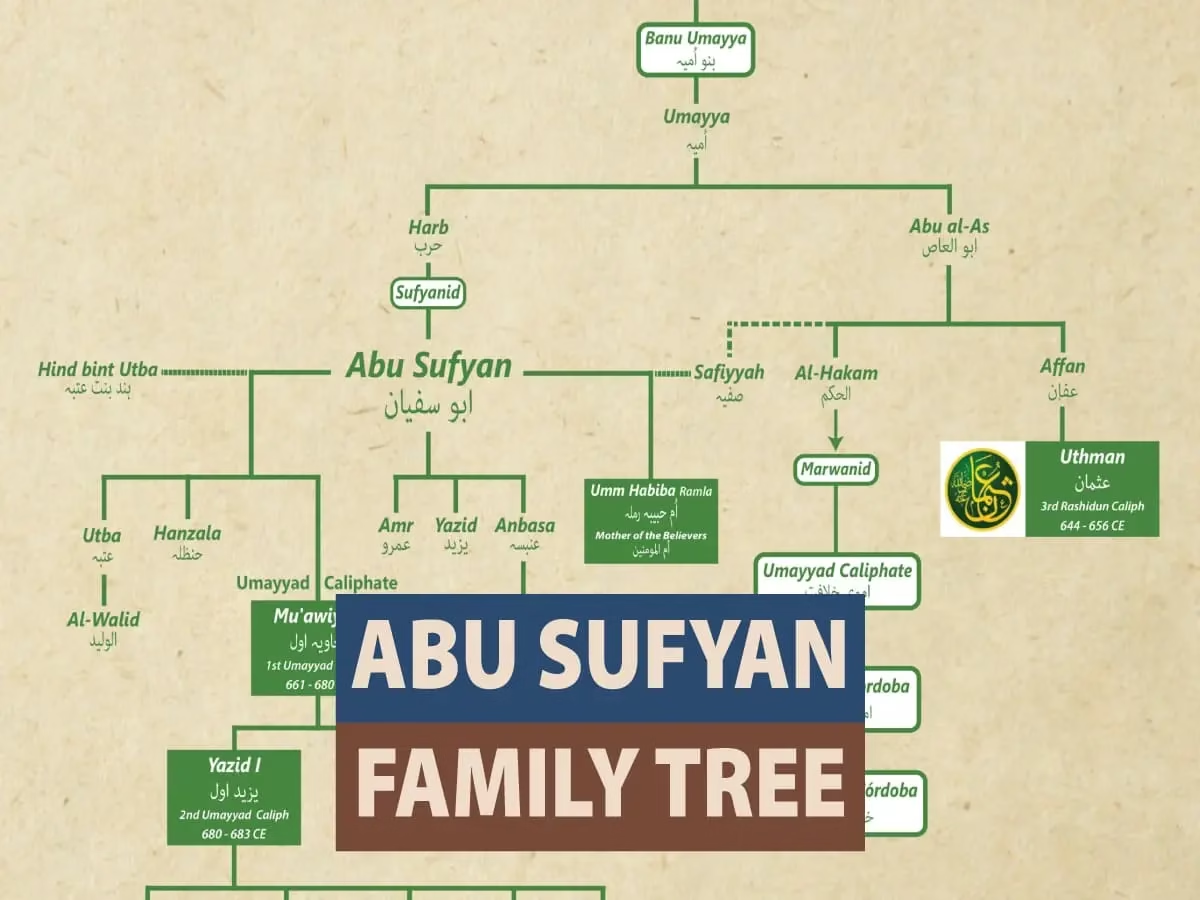On 31 August in 1876 AD/CE, the Ottoman Caliph and Sultan Abdul Hamid II ascended the throne. The time period he reigned in the Ottoman Empire is known as Hamidian Era.
Sultan Abdul Hamid II ascended to the throne following the deposition of his brother Sultan Murad V on 31 August 1876. At his accession, some commentators were impressed that he rode practically unattended to the Eyüp Sultan Mosque, where he was given the Sword of Osman. He ruled the Ottoman Empire for 33 years.

See Also: Early Ottoman Territorial Expansion, Osman I
A Brief Overview of his Achievement
New Constitution
When he took the throne, the empire was facing dire straits due to threats both at home and abroad. The same year he came to the throne, on December 23 he signed the first constitution of the Ottoman Empire, known as the Kanun-i Esasi, laying the foundations for constitutional government.
Strong Foreign Policy
Excelling at foreign policy, he closely followed political developments across the globe with his main goal being to secure peace for the empire. He sought to strengthen the Ottomans’ relations with the Islamic world, making this a fundamental policy.
Islamic Leadership
Among the Ottoman sultans, Abdul Hamid used the title of caliph the most. Sending religious scholars to countries as far as South Africa and Japan, he worked to spread Islam and resist colonial countries.
Hejaz Railway
In 1900, he ordered the construction of a railway line connecting Damascus in present-day Syria to the Muslim holy cities of Mecca and Medina along the Hejaz region on the Red Sea’s eastern coast, today part of Saudi Arabia. The construction of the railway took eight years and the tracks reached Medina in 1908.

Paying Debts
His economic policy prioritized the repayment of external debt left from his predecessors. He signed an agreement with European creditors on December 20, 1881, to pay off a significant portion.
Education
Sultan Abdul Hamid II also took important steps in education. He opened numerous primary, secondary and high schools, as well as schools for the handicapped and military academies, throughout the empire.
Healthcare and Welfare
He financed the construction of the Şişli Etfal Hospital and the Darülaceze nursing home, paying for the cost of the construction himself. Both of the institutions are still operational in Istanbul.
Sultan Abdul Hamid II is considered to be the founder of modern Turkey. Although he came to power at a time of political upheaval, he made some very major developments and changes throughout his empire.



